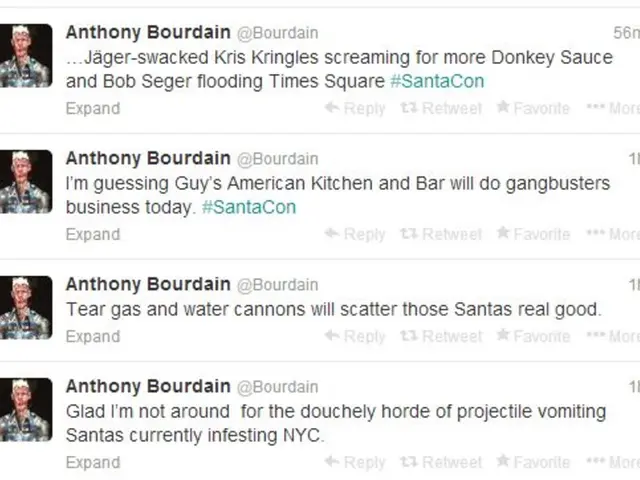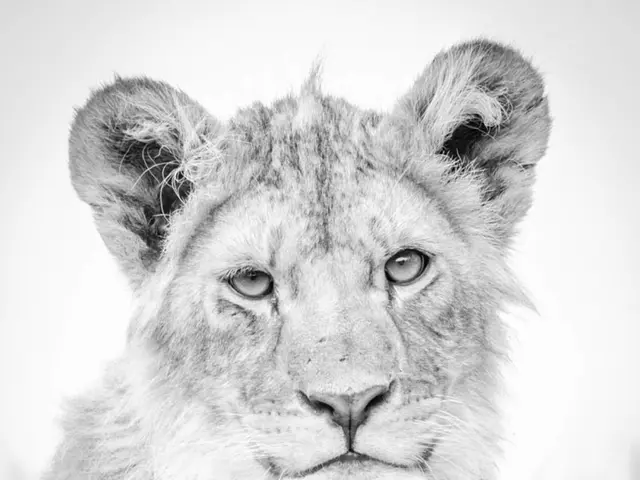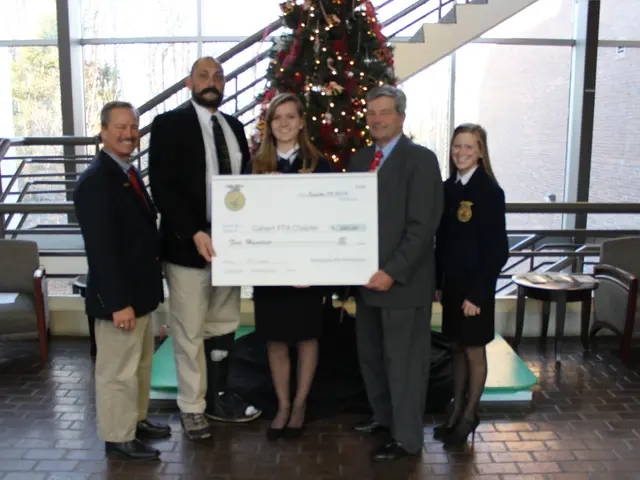Tips for shooting breathtaking night sky images:
In the autumn of 2018, I decided to venture to California's picturesque Eastern Sierra region, seeking out some dazzling aspen trees adorning the mountain town of Bishop. The majestic snow-capped Sierra Nevada mountains made for an excellent backdrop for a skyscape photo, and I knew the Milky Way would add a stunning touch to the image.
While I was aware of SpaceX's planned rocket launch that evening, I was unsure if it would be visible from up in the mountains. As the sun set, I set up my camera – leaving it there with the foreground exposure – and got ready to capture the night sky.
Towards the end of twilight, I was preparing to shoot the star-studded canvas when a trail of light caught my eye in my camera's frame – rising up from the mountain and spreading as it ascended. I promptly adjusted my settings and snapped shots of the sky as the launch unfolded. I couldn't believe my luck, witnessing the SpaceX launch in such a breathtaking setting, and having it take place directly within my camera's view.
My heart raced to return to my editing suite, eager to transform this unforgettable event into a masterpiece using techniques I'd learned in Adobe Lightroom and Photoshop, blending the enchanting moment into a single frame.
3 Tips for Skyscape Photography
- Ensure your tripod is steadfast to prevent any unwanted movement between exposures.
- Mask your foreground layer using Photoshop's Quick Selection Tool, then invert the mask to create your sky layer, saving you precious time.
- Aim for a realistic transition from foreground to sky, mirroring a genuine night shot.
For more tricks of the trade, don't miss out on our guide for photographing the stars.
Blend Images to Craft Your Skyscape Masterpiece
The process begins by blending the initial foreground and night sky exposures using Adobe Lightroom. You can make general changes to aspects like Exposure, Contrast, Whites balance, and Highlights and Shadows in the base edits.
Since the foreground exposure is significantly brighter than the sky exposure, bring down the Exposure and Highlights for the foreground image, and bump up the Exposure and Shadows in the night sky shot to compensate for underexposure. Once both images are adjusted in Lightroom, move them over to Adobe Photoshop for fine-tuning and final edits.
In this particular skyscape, the mountain range serves as a natural boundary, making it relatively easy to blend the two exposures. After layering both images, select the foreground exposure and outline the foreground below the mountain range using the Quick Selection Tool.
Zoom in to 100% to make any necessary adjustments to the 'marching ants selection,' ensuring a proper mask and creating a new layer for this selection. Follow a similar process for the sky layer, selecting the sky above the mountain range and creating another layer for this selection.
Hide the original layers, leaving only the newly created layers, then use the Move Tool to align both foreground and sky layers. If done meticulously, both layers will merge seamlessly. Otherwise, you may see a white gap between them. In that case, adjust the layer masks or use the Clone Stamp Tool to carefully remove any white gaps, blending the image further to create a cohesive whole.
To adjust the foreground exposure, select your foreground layer and add both a Brightness and a Curves layer, utilizing a Clipping Mask for each layer. Decrease the Brightness and bring down the overall Curves adjustment on each clipped layer until the overall exposure of your foreground matches the sky. You may lose some shadow detail by doing this, so create a layer mask for both the Brightness and Curves layers, select the layer mask, and use a black paintbrush to bring back the lost details until you're satisfied with the results.
From here, feel free to add finishing touches to your post-processing, tailoring your post-production to your specific needs, which may include adjusting Contrast, using Dodge and Burn to lighten and darken the image, noise removal, final sharpening, color correction, Vibrance and Saturation, and any final cleanup work such as removing hot pixels or sensor spots.
Be sure to share your stunning skyscape images with us! Find out how to send us your images, or get in touch via Facebook, Twitter, and Instagram.
*Brandon Yoshizawa is a Los Angeles-based photographer, who was commended in the Astronomy Photographer of the Year 2019 Skyscapes category with 'Flower Power'.
This guide originally appeared in the November 2020 issue of our website.
[1] Morgan, A. (2021, February 21). Starship Prototype SN5 Completes Stage Tests. NASA Spaceflight. https://www.nasaspaceflight.com/2021/02/starship-prototype-sn5-completes-stage-tests/
[5] SpaceX. (2019). Rocket prototype SN5 completes test flight in Texas. SpaceX. https://youtu.be/q-kA3Hfet-o
- Embarking on a travel expedition to the Eastern Sierra region of California in 2018, I managed to capture a unique combination of astrophotography and travel lifestyle, rendering an image of the night sky adorned with the Milky Way and the majestic Sierra Nevada mountains.
- Whilst preparing for a star-studded nightscape shot, an unexpected trail of light, later identified as SpaceX's rocket launch, lit up the sky, providing an exhilarating addition to my astrophotography endeavor and offering a breathtaking real-life experience.
- Armed with the Adobe Lightroom and Photoshop tools, I processed the image consisting of the foreground exposure and the captivating rocket launch, meticulously blending both layers to create a compelling aurora of the Eastern Sierra skyscape that seamlessly combined the realm of astronomy and lifestyle.




